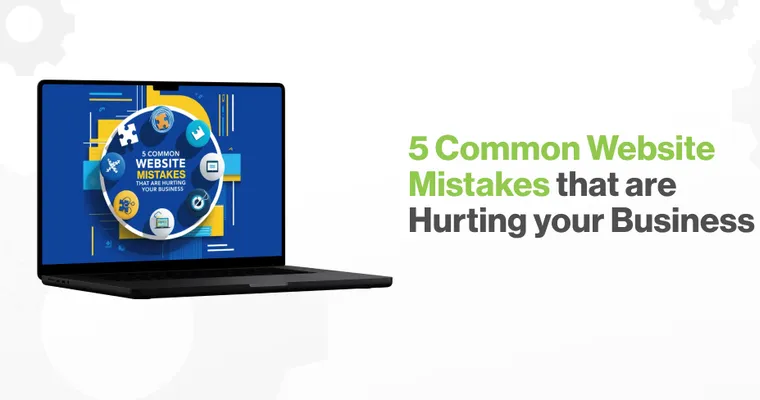With so many Irish people using smartphones and tablets to browse the internet, it’s extremely important that companies have websites that can be viewed across a variety of screen sizes. There are a few ways this can be implemented for your website.
Adaptive website design sees your website built to work at a number of sizes. So there will be a tablet version which will look the same whether you’re using a 7-inch Google Nexus or a 10-inch iPad. On the other hand, responsive web design is more fluid and changes depending on the device, the resolution, and the screen size.
Both of these are extremely effective when done properly. However, some sites may not work too well with adaptive layouts as large images or numerous blocks of text can be shrunken or look out of place. Responsive websites will work effectively across the board and change depending on your device. This means that a three-column website may become a two-column site when viewed on a smartphone, making everything much cleaner and user-friendly.
Each method has its own champions, and rightly so. Some companies have brand identities that they want to carry across all platforms. With 30-50% of web traffic now coming from mobile devices, it’s becoming more and more important that your company’s website adapts or responds to your client base.
Building your own App for iPhone or Android can be extremely expensive, but making sure your website works as well on your phone as it does on your laptop need not be.



